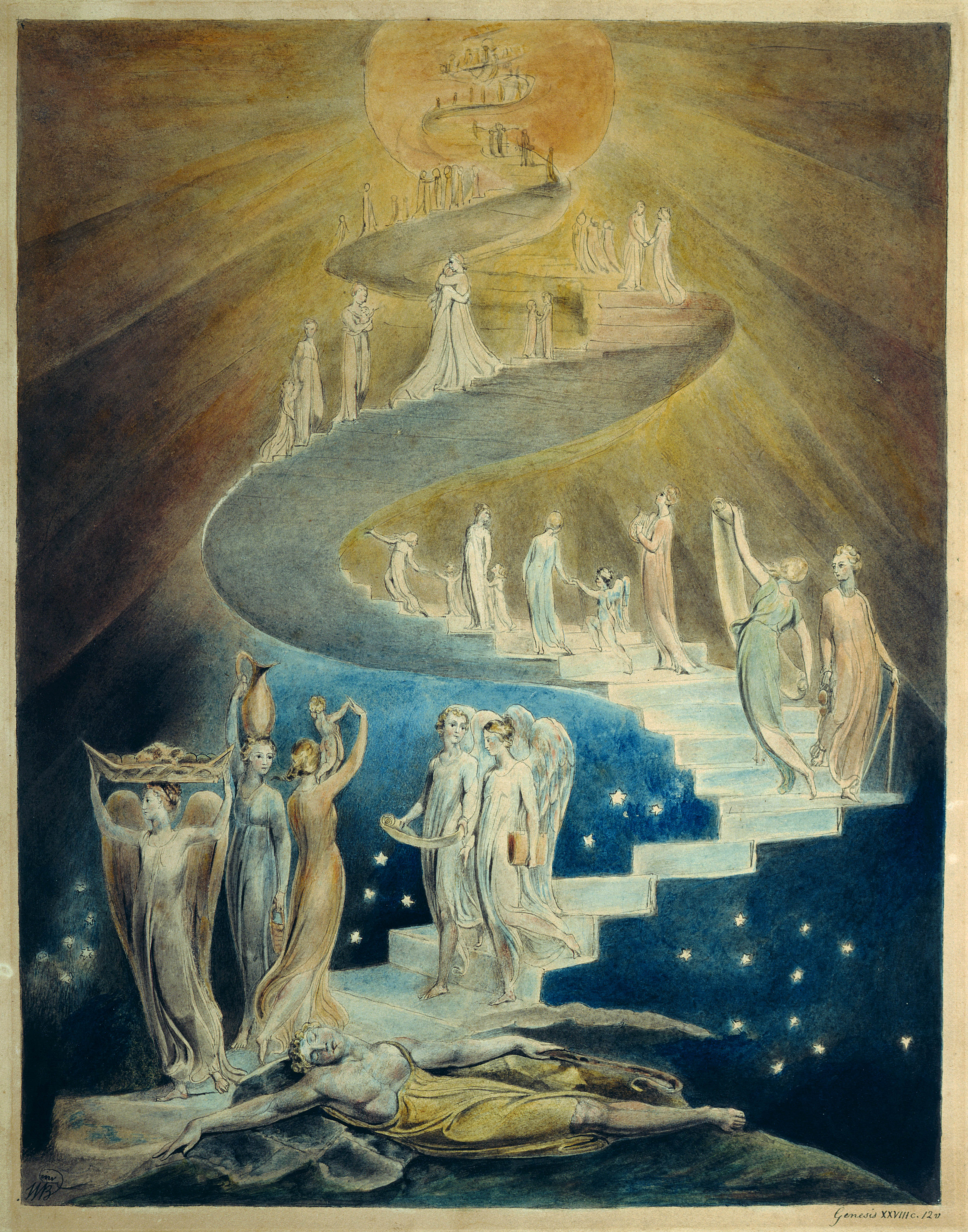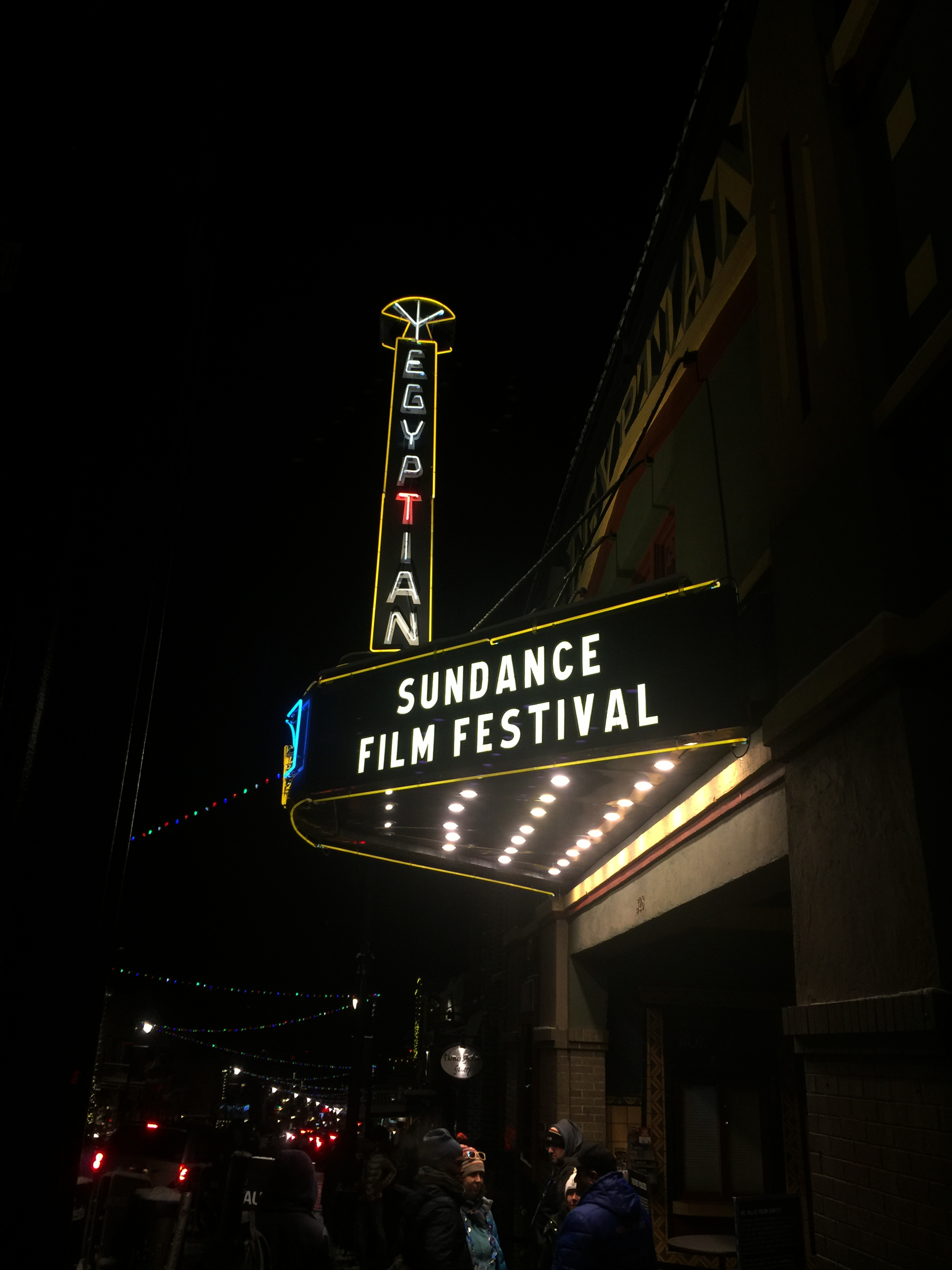|
Lilies (film)
''Lilies'' (French title: ''Les Feluettes'') is a 1996 Canadian film directed by John Greyson. It is an adaptation by Michel Marc Bouchard and Linda Gaboriau of Bouchard's own play ''Lilies''. It depicts a play being performed in a prison by the inmates. The film screened at numerous festivals, including Sundance, and received critical acclaim; it was nominated for 14 awards Genie Awards at the 17th ceremony, winning 4, including Best Picture. Plot summary Expository narration ''Lilies'' is set in a Quebec prison in 1952. Jean Bilodeau (Marcel Sabourin), the local bishop, is brought to the prison to hear the confession of Simon Doucet (Aubert Pallascio), a dying inmate. But Doucet in fact has a very different revelation for Bilodeau: he has enlisted his fellow inmates to stage a play set in 1912, when Bilodeau and Doucet were childhood friends. The play within the film Most of the film consists of the play within the film, presented by the inmates for Bilodeau and Doucet. B ... [...More Info...] [...Related Items...] OR: [Wikipedia] [Google] [Baidu] |
Robin Cass
Robin Cass is a Canadian film and television producer."Rights come home". ''The Globe and Mail'', July 12, 1996. He is most noted as the producer of John Greyson's film ''Lilies'', which won the Genie Award for Best Picture at the 17th Genie Awards in 1996. He has also been a supervising producer for the CBC TV series ''Kim's Convenience''. A graduate of the Ontario College of Art and Design, he joined with Louise Garfield and Anna Stratton in 1994 to form Triptych Media.Thomas Waugh, ''Romance of Transgression in Canada: Queering Sexualities, Nations, Cinemas''. McGill-Queen's University Press, 2006. . p. 524. The company's other productions have included the films '' Falling Angels'', ''The Republic of Love'', Zero Patience and '' The Hanging Garden'', and the television dramas '' Lucky Girl'', ''The Tale of Teeka'' and ''Heyday!'' In 2020, he founded Cass & Co, a production company based in Vancouver. Projects in development include an adaptation of Waubgeshig Rice's nov ... [...More Info...] [...Related Items...] OR: [Wikipedia] [Google] [Baidu] |
Cinema Of Canada
Cinema in Canada dates back to the earliest known display of film in Saint-Laurent, Quebec, in 1896. The film industry in Canada has been dominated by the United States, which has utilized Canada as a shooting location and to bypass British film quota laws, throughout its history. Canadian filmmakers, English and French, have been active in the development of cinema in the United States. Films by Thomas A. Edison, Inc. were some of the first to arrive in Canada and early films made in the country were produced by Edison Studios. Canadian Pacific Railway and other railways supported early filmmaking including James Freer, whose '' Ten Years in Manitoba'' was the first known film by a Canadian. ''Evangeline'' is the earliest recorded Canadian feature film. George Brownridge and Ernest Shipman were major figures in Canadian cinema in the 1920s and 1930s. Shipman oversaw the production the most expensive film up to that point. Brownridge's career led to '' Carry on, Sergeant!'' an ... [...More Info...] [...Related Items...] OR: [Wikipedia] [Google] [Baidu] |
Story Within A Story
A story within a story, also referred to as an embedded narrative, is a literary device in which a character within a story becomes the narrator of a second story (within the first one). Multiple layers of stories within stories are sometimes called nested stories. A play may have a brief play within it, such as Shakespeare's play ''Hamlet''; a film may show the characters watching a short film; or a novel may contain a short story within the novel. A story within a story can be used in all types of narration: novels, short stories, plays, television programs, films, poems, songs, video games, and philosophical essays. The inner stories are told either simply to add entertainment or more usually to act as an example to the other characters. In either case, the inner story often has a symbolic and psychological significance for the characters in the outer story. There is often some parallel between the two stories, and the fiction of the inner story is used to reveal the truth i ... [...More Info...] [...Related Items...] OR: [Wikipedia] [Google] [Baidu] |
Aubert Pallascio
Aubert Pallascio (August 19, 1937 – July 5, 2020) was a Canadian actor. Pallascio trained at the CNSAD and for a period of time worked under the pseudonym Luis Aubert. He has performed on the stages of the Théâtre du Nouveau Monde, Théâtre du Rideau Vert, Théâtre Denise-Pelletier, Trident and Théâtre Jean-Duceppe among others. His notable television credits include roles in ''Terre humaine'', ''Le parc des Braves'', ''L'Héritage'' and ''Omertà''. Pallascio portrayed the Canadian Prime Minister in the 1980 film ''The Kidnapping of the President''. He was nominated in 1996 for a Genie Award for Best Performance by an Actor in a Supporting Role for his role in ''Black List (Liste noire)''. Death He died on July 5, 2020 at the age of 82 in Montreal Montreal ( ; officially Montréal, ) is the List of the largest municipalities in Canada by population, second-most populous city in Canada and List of towns in Quebec, most populous city in the Provinces and territori ... [...More Info...] [...Related Items...] OR: [Wikipedia] [Google] [Baidu] |
Bishop
A bishop is an ordained clergy member who is entrusted with a position of authority and oversight in a religious institution. In Christianity, bishops are normally responsible for the governance of dioceses. The role or office of bishop is called episcopacy. Organizationally, several Christian denominations utilize ecclesiastical structures that call for the position of bishops, while other denominations have dispensed with this office, seeing it as a symbol of power. Bishops have also exercised political authority. Traditionally, bishops claim apostolic succession, a direct historical lineage dating back to the original Twelve Apostles or Saint Paul. The bishops are by doctrine understood as those who possess the full priesthood given by Jesus Christ, and therefore may ordain other clergy, including other bishops. A person ordained as a deacon, priest (i.e. presbyter), and then bishop is understood to hold the fullness of the ministerial priesthood, given responsibility b ... [...More Info...] [...Related Items...] OR: [Wikipedia] [Google] [Baidu] |
Marcel Sabourin
Marcel Sabourin, OC (born March 25, 1935) is a Canadian actor and writer from Quebec.Gaetan Charlebois and Anne Nothof"Sabourin, Marcel" ''Canadian Theatre Encyclopedia'', October 20, 2015. He is most noted for his role as Abel Gagné, the central character in Jean Pierre Lefebvre's trilogy of '' Don't Let It Kill You (Il ne faut pas mourir pour ça)'', ''The Old Country Where Rimbaud Died (Le Vieux pays où Rimbaud est mort)'' and '' Now or Never (Aujourd'hui ou jamais)'',"Marcel Sabourin" '' Canadian Film Encyclopedia''. and his performance as Professor Mandibule in the children's television series ''Les Croquignoles'' and ''La ribouldingue''. Career Sabo ...[...More Info...] [...Related Items...] OR: [Wikipedia] [Google] [Baidu] |
Prison
A prison, also known as a jail, gaol (dated, standard English, Australian, and historically in Canada), penitentiary (American English and Canadian English), detention center (or detention centre outside the US), correction center, correctional facility, lock-up, hoosegow or remand center, is a facility in which inmates (or prisoners) are confined against their will and usually denied a variety of freedoms under the authority of the state as punishment for various crimes. Prisons are most commonly used within a criminal justice system: people charged with crimes may be imprisoned until their trial; those pleading or being found guilty of crimes at trial may be sentenced to a specified period of imprisonment. In simplest terms, a prison can also be described as a building in which people are legally held as a punishment for a crime they have committed. Prisons can also be used as a tool of political repression by authoritarian regimes. Their perceived opponents may be ... [...More Info...] [...Related Items...] OR: [Wikipedia] [Google] [Baidu] |
Quebec
Quebec ( ; )According to the Canadian government, ''Québec'' (with the acute accent) is the official name in Canadian French and ''Quebec'' (without the accent) is the province's official name in Canadian English is one of the thirteen provinces and territories of Canada. It is the largest province by area and the second-largest by population. Much of the population lives in urban areas along the St. Lawrence River, between the most populous city, Montreal, and the provincial capital, Quebec City. Quebec is the home of the Québécois nation. Located in Central Canada, the province shares land borders with Ontario to the west, Newfoundland and Labrador to the northeast, New Brunswick to the southeast, and a coastal border with Nunavut; in the south it borders Maine, New Hampshire, Vermont, and New York in the United States. Between 1534 and 1763, Quebec was called ''Canada'' and was the most developed colony in New France. Following the Seven Years' War, Quebec b ... [...More Info...] [...Related Items...] OR: [Wikipedia] [Google] [Baidu] |
Canadian Screen Award For Best Motion Picture
The Academy of Canadian Cinema and Television presents an annual award for Best Motion Picture to the best Canadian film of the year.Maria Topalovich, ''And the Genie Goes To...: Celebrating 50 Years of the Canadian Film Awards''. Stoddart Publishing, 2000. . The award was first presented in 1949 by the Canadian Film Awards under the title Film of the Year. Due to the economics of Canadian film production, however, most Canadian films made in this era were documentaries or short films rather than full-length narrative feature films. In some years, a Film of the Year award was not formally presented, with the highest film award presented that year being in the Theatrical Short or Amateur Film categories. In 1964, the Canadian Film Awards introduced an award for Best Feature Film. For the remainder of the 1960s, the two awards were presented alongside each other to different films, except in 1965 when a Feature Film was named and a Film of the Year was not, and in 1967 when the same ... [...More Info...] [...Related Items...] OR: [Wikipedia] [Google] [Baidu] |
17th Genie Awards ...
The 17th Genie Awards were held on November 27, 1996, to honour films released in late 1995 and 1996. They were the ''second'' Genie Award ceremony held in that year; the 16th Genie Awards were delayed from the fall of 1995 and took place in January 1996 instead. Nominees and winners Winners and nominees were: References External links Genie Awards 1996 on imdb {{Canadian Screen Awards 17 Genie Genie Jinn ( ar, , ') – also romanized as djinn or anglicized as genies (with the broader meaning of spirit or demon, depending on sources) – are invisible creatures in early pre-Islamic Arabian religious systems and later in Islamic mytho ... [...More Info...] [...Related Items...] OR: [Wikipedia] [Google] [Baidu] |
Genie Award
The Genie Awards were given out annually by the Academy of Canadian Cinema and Television to recognize the best of Canadian cinema from 1980–2012. They succeeded the Canadian Film Awards (1949–1978; also known as the "Etrog Awards," for sculptor Sorel Etrog, who designed the statuette). Genie Award candidates were selected from submissions made by the owners of Canadian films or their representatives, based on the criteria laid out in the ''Genie Rules and Regulations'' booklet which is distributed to Academy members and industry members. Peer-group juries, assembled from volunteer members of the Academy, meet to screen the submissions and select a group of nominees. Academy members then vote on these nominations. In 2012, the Academy announced that the Genies would merge with its sister presentation for English-language television, the Gemini Awards, to form a new award presentation known as the Canadian Screen Awards. Broadcasting The Genie Awards were originally aire ... [...More Info...] [...Related Items...] OR: [Wikipedia] [Google] [Baidu] |
Sundance Film Festival
The Sundance Film Festival (formerly Utah/US Film Festival, then US Film and Video Festival) is an annual film festival organized by the Sundance Institute. It is the largest independent film festival in the United States, with more than 46,660 attending in 2016. It takes place each January in Park City, Utah; Salt Lake City, Utah; and at the Sundance Resort (a ski resort near Provo, Utah), and acts as a showcase for new work from American and international independent filmmakers. The festival consists of competitive sections for American and international dramatic and documentary films, both feature films and short films, and a group of out-of-competition sections, including NEXT, New Frontier, Spotlight, Midnight, Sundance Kids, From the Collection, Premieres, and Documentary Premieres. History 1978: Utah/US Film Festival Sundance began in Salt Lake City in August 1978 as the Utah/US Film Festival in an effort to attract more filmmakers to Utah. It was founded by Sterl ... [...More Info...] [...Related Items...] OR: [Wikipedia] [Google] [Baidu] |





